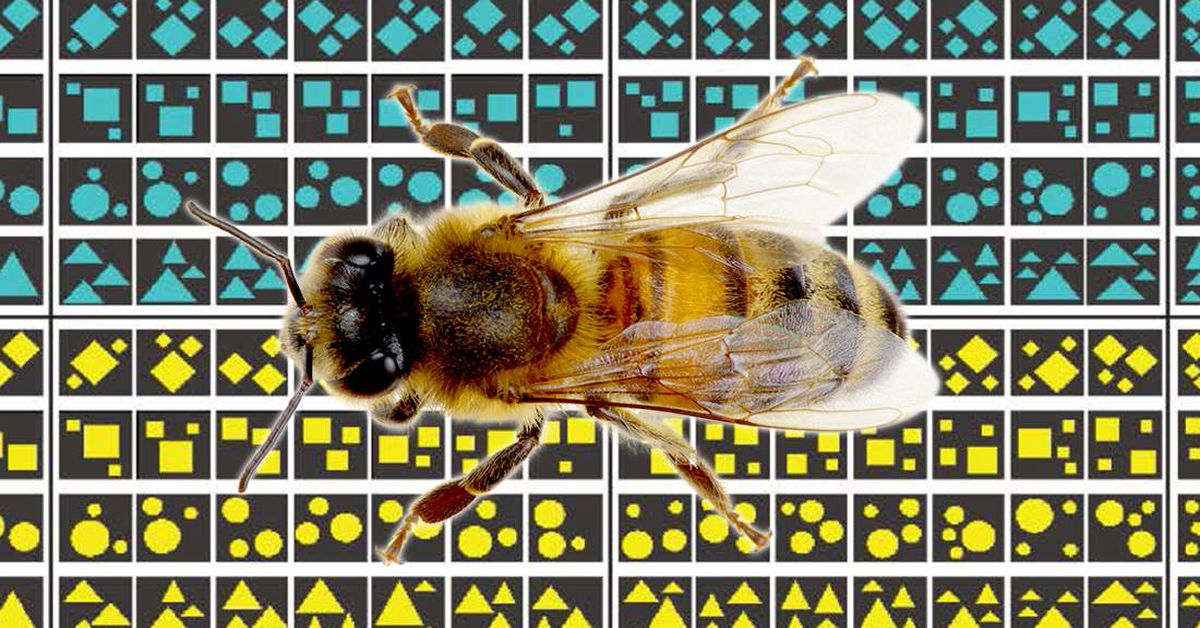In a new study, researchers have demonsrated that bees can do complex additions and subtractions.

Bees are amazing! Apart from their ability to produce delicious honey while pollinating one-third of all the crops we consume daily, they use complex language and can explain to each other how far and where flowers are. And now, a new study has found that they can even add and subtract.
Together with the earlier discovery that bees understand the concept of zero, the new findings tell us that having a small brain doesn’t necessarily limit one’s mathematical abilities.
The team of Australian and French scientits discovered that bees can “learn to use blue and yellow as symbolic representations for addition or subtraction,” according to the report published in the peer-reviewed journal Science Advances.

“Our findings suggest that advanced numerical cognition may be found much more widely in nature among non-human animals than previously suspected,” senior author Professor Adrian Dyer, from RMIT University in Melbourne, said in a statement.
“On top of this, our bees also used their short-term memories to solve arithmetic problems, as they learned to recognize plus or minus as abstract concepts rather than being given visual aids.”
The experiment involved the scientists training 14 free-flying honeybees to visit a Y maze, with one arm of the apparatus rewarding the correct solution with sugar water and the other giving bitter quinine for the wrong answer. The team placed blue and yellow shapes at the entrance to the maze, with blue representing addition and yellow, subtraction.

After roughly 100 trials of training that lasted four to seven hours, the bees learned that blue meant +1 and yellow -1. The scientists then began changing the location of the reward and the calculation necessary to get there. Amazingly, the bees were able to apply the rules they previously learned to the new problems.
Addition and subtraction are complex numerical operations because they require two levels of processing. The first level requires the bee to comprehend the value of numerical attributes. The second level requires it to mentally manipulate numerical attributes in working memory.
In addition, the bees also had to perform the arithmetic operations in working memory, as the number “one” to be added or subtracted was not visually present. Rather, it was an abstract concept which bees had to resolve over the course of the training.
“While the specific task of addition/subtraction may not be directly apparent in the honeybee’s natural environment, the skills and cognitive plasticity required for performing the arithmetic task are likely to be ecologically advantageous,” the team noted.

The findings are incredibly important as they show that it’s not necessarily the size of the brain that matters but how you use it. After all, with a brain containing less than one million neurons, the honeybee has shown it can manage complex problems.
“If maths doesn’t require a massive brain, there might also be new ways for us to incorporate interactions of both long-term rules and working memory into designs to improve rapid AI learning of new problems,” Dyer commented.
Sources: 1, 2, 3
